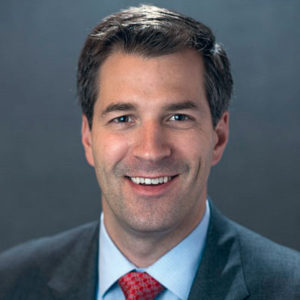
Occupancy at skilled nursing facilities hit another record low to end 2020, but the revenue blow to operators was lessened thanks to the “bright spot” that has been Medicare, according to the latest data from the National Investment Center for Seniors Housing & Care.
New data released by NIC Thursday showed skilled nursing property occupancy reached 71.7% in December — 1.4% below November’s reported occupancy rate of 73.1%. It’s also a 13.3% decrease from February’s rate of 84.9%.
Operators, however, have a reason to be hopeful for a rebound soon given the apparent effectiveness of the COVID-19 vaccines, which rolled out starting in mid-December, and the significant drops in cases and deaths in long-term care that have followed.

“The main question is, How fast will occupancy bounce back,” Bill Kauffman, senior principal with NIC, told McKnight’s Long-Term Care News Thursday. “Given the fact that many, not all, but many skilled nursing properties are having financial difficulties because of the significant decline in the occupancy, there’s also a question of if there will be any more government help to kind of bridge that gap until we get to sustainable occupancy for the sector.”
Mark Parkinson, president and CEO of the American Health Care Association, said before the latest numbers were announced that providers need to regain 1% of census every month in 2021 for sustainability. His organization also is lobbying for another $20 billion in long-term care support through an enhanced Federal Medicaid Assistance Percentage or dedicated Provider Relief Funds.
LeadingAge officials noted Thursday that a Senate draft of the American Rescue Plan includes $8.5 billion in new Provider Relief Funds — but it’s for rural providers only. The bill is headed for a vote as early as this weekend. The already-passed House version includes no additional Provider Relief.
During the pandemic, one thing that has been a sign of hope for skilled nursing operators is the share of Medicare revenue they’ve seen to offset the occupancy declines.
Managed Medicare patient day mix increased by 41 basis points to 6.9% in December after hitting a 12-month low of 5.4% in May. Medicare revenue mix also increased 67 basis points to 23.3% to end the year.
“That doesn’t alleviate the occupancy issue but Medicare, with the waiver of the three-day rule, has been a bright spot considering the switch from Medicaid patients into Medicare,” Kauffman explained. “That has certainly been one of the policies that have helped skilled nursing operators get through this, including direct government aid.”.
In contrast, Medicaid revenue mix hit a record low in December and ended at 43.7%. That’s a 8.4% decrease since March when it was 52.2%, according to NIC.





